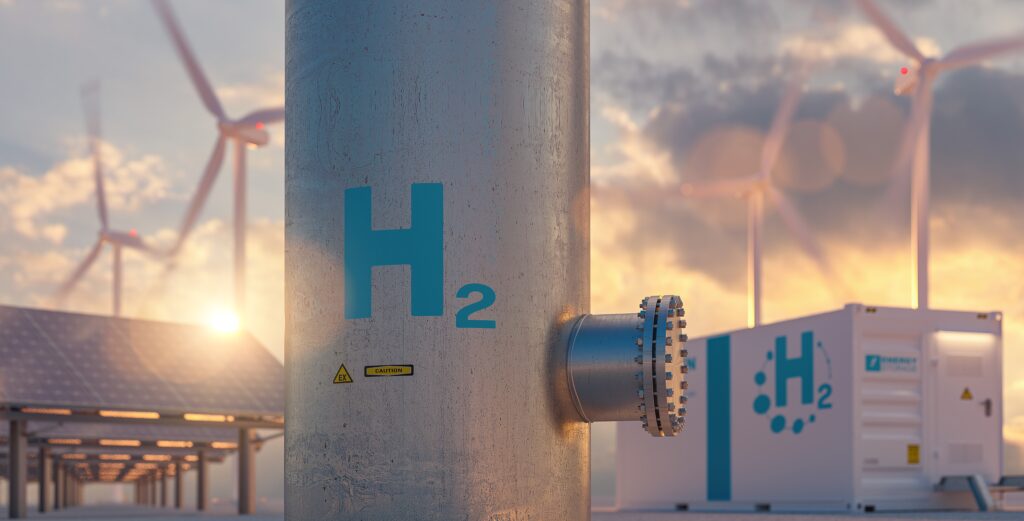If climate neutrality requires hydrogen, we cannot rule out PFAS
The EU strategy on hydrogen, which was adopted in 2020, put forward a vision for the creation of a European hydrogen ecosystem for research and innovation, in order to scale up production and infrastructure to an international dimension. The rapid development of hydrogen is key to meeting the EU’s climate and energy security objectives and a key priority to achieve the goals of the European Green Deal.
Polytetrafluoroethylene (PTFE) and Fluorinated ethylene propylene (FEP) are materials of choice for sealing components used in production, transport and storage of renewable hydrogen. This application is challenging particularly from the temperature perspective. On one hand, cryogenic conditions (e.g., close to -268°C) are involved during storage of hydrogen. On the other hand, hydrogen is one of the few gases that actually heat up when expanded. Fluoropolymers are well suited to cope with increased temperatures that may occur during hydrogen production.
Fluoropolymer based sealing systems can be involved in may steps in the hydrogen process involving cryogenic conditions. Steel seals and other rubber materials such as nitrile butadiene rubber (NBR) may be seen as potential alternatives to fluoropolymers in this application. However, flanges and bolts, used in the process, require significantly stronger materials during harsh temperature conditions as can be experienced in the hydrogen storage and transport processes.
Electrolysers and fuel cell membranes are used in the generation of green hydrogen by an electrochemical reaction. To enable the movement of protons from the anode to the cathode side of the fuel cell, a Proton Exchange Membrane (PEM) made of sulfonated tetrafluoroethylene (TFE) and reinforced with PTFE is used due to the efficiency and unique durability, chemical and temperature resistance properties that fluoropolymers offer for this application. Additionally, sealing of the electrolizer electrodes may require a fluoroelastomer (FKM or FFKM) to ensure sealing having both chemical and temperature resistance that can be met by fluoroelastomers.

